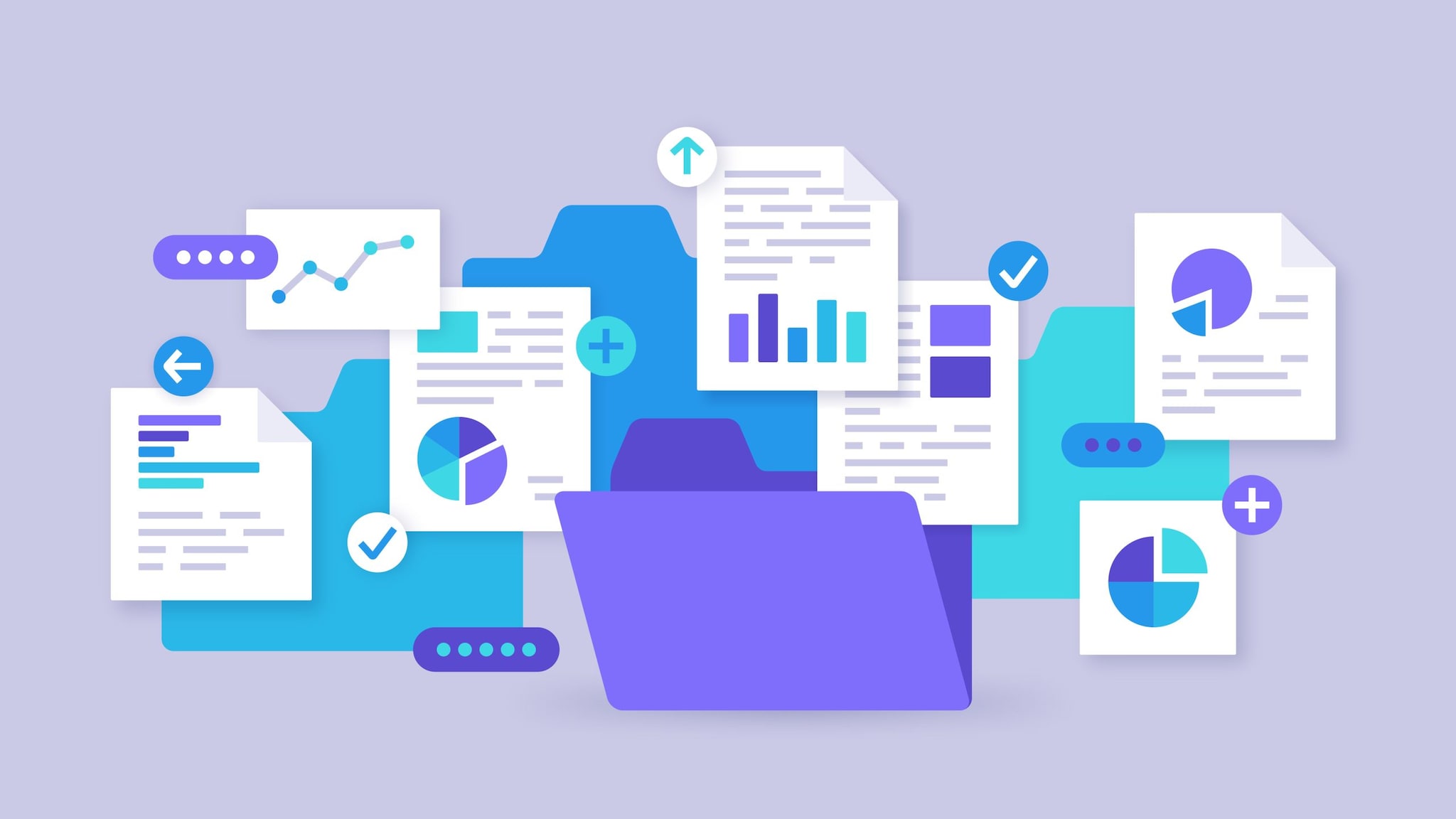At a glance
- Public health researchers use occupation and industry information to assess whether workplace hazards, injuries, and illnesses are higher among people working in certain jobs and industries.
- It is important for everyone to collect the right information, prepare the data for analysis, and follow tips to ensure a robust analysis.

Why it is important
What do these three people have in common?
- A 28-year-old woman has chronic back pain.
- A 52-year-old man has a cough that won't go away.
- A 17-year-old boy develops a rash on his arms.
What if you knew:
- The woman is a mail carrier for the post office.
- The man volunteers in the elephant house at a local zoo.
- The boy works part-time as a presser for a dry cleaner.
Each of these people have symptoms that could be caused by a variety of things. However, work (including volunteer work) is often overlooked as a possible source of health problems.
Information about a person's work can help determine if hazards, injuries, or illnesses are higher among certain occupations and industries. But, before you collect and analyze this information, there are some things to consider to ensure you get the information you need.
